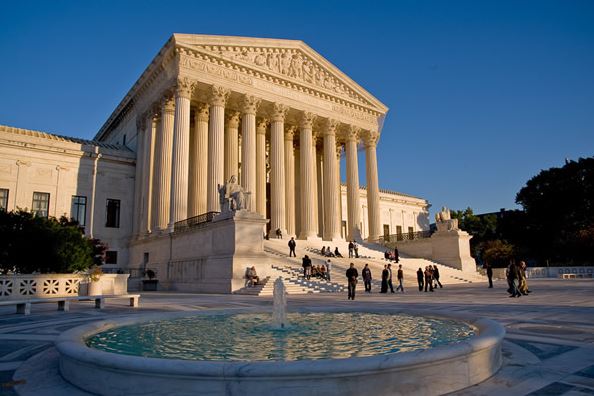Sharp increases in Connecticut”™s monthly unemployment rate, which jumped to 9 percent in August from 8.5 percent in July after being below 8 percent as recently as May, have continued to perplex state labor officials and economists.
The Connecticut economy is estimated to have shed 6,800 jobs in August, with private sector employment declining by 6,300, or 0.5 percent, according to data released Sept. 20 by the Connecticut Department of Labor.
Additionally, the department lowered its preliminary estimate for the number of jobs added in July to 3,500 from an initial report of 5,100 net new jobs, meaning the first eight months of 2012 have yielded job growth of just 1,300 positions compared with the creation of 8,000 jobs through the first eight months of 2011.
The news was hardly better in Fairfield County, where unemployment was 8.4 percent in August, up from 8 percent in August 2011, as the number of employed county residents declined by 4,500 during the 12-month stretch.
The unemployment rate increase from July to August represents the largest percentage-point monthly increase in Connecticut”™s unemployment rate since 1976, when the current reporting methodology was instituted.
However, Gov. Dannel P. Malloy said in a statement that he was “skeptical” about the data, which he said are contradicted by other job market indicators.
Among them, average weekly initial unemployment insurance claims for first-time Connecticut filers decreased to 4,779 in August from 4,802 in July, and were down by 2.9 percent compared with August 2011.
In addition, Malloy said tax withholdings were up 3.6 percent.
“Those two trends are the opposite of what you would expect to see if the state was losing jobs at the rate suggested in this report,” Malloy said. “However, I am well aware that we continue to battle strong headwinds at the national and international levels.”
Mark L. Fagan, managing partner of Citrin Cooperman”™s Connecticut accountant and business consultant practice, said many of the firm”™s clients have reported difficulties in finding the right candidates for openings, lending credence to Malloy”™s argument.
“Maybe Malloy is right to be skeptical of the numbers because you”™d think with it (unemployment) being that high, you”™d have some good, qualified people out of work,” Fagan said.
Independent of any revisions, however, Fagan said the August jobs report does little to assuage business owners”™ anxiety over the stagnant economy.
“The biggest thing I see with my clients in Connecticut is that the economy, in their eyes, is just treading water,” he said.
Industry groupings that reported job gains in August included the education and health services sector, which added 500 jobs; the information sector, which added 400 jobs; and the financial activities and professional and business services sectors, which each added 100 jobs.
Losses came in the leisure and hospitality sector, where employment dropped by 3,100; the trade, transportation and utilities sector, which reported losses of 1,400 jobs; the construction and mining sector; which reported losses of 1,300 jobs; and the manufacturing sector, which reported losses of 1,200 jobs; among others.
Statewide, just two of the six major labor market areas ”“ Danbury and Waterbury ”“ had job gains in August, while the Norwich-New London, New Haven, Bridgeport-Stamford-Norwalk, and Hartford-West Hartford-East Hartford regions all saw job declines.
Connecticut has recovered 30,100, or 25.6 percent, of the 117,500 total nonfarm jobs lost from March 2008 to February 2010, with the state”™s private sector employers recovering 40,400, or 36.7 percent, of the jobs lost during the recession.
Andy Condon, research director at the Labor Department, said in a statement that the office “can find no corroborating evidence that the record losses in employment and increases in unemployment, indicated by the household survey, are occurring at this magnitude.”
In addition to the decrease in unemployment claims, Condon said other indicators, such as layoff events and reports of business expansions and contractions, “do not support the sudden and steep decline” in the state”™s unemployment rate.
Peter M. Gioia, vice president and economist of the Connecticut Business and Industry Association, echoed state officials, calling the August employment report “suspect.”
“Obviously, the economy in both the U.S. and Connecticut has been slowing, so it”™s not surprising to see a negative net job number,” Gioia said in a podcast. “I think the report is a warning sign that efforts to add jobs need to be redoubled and need to be priority number one. There will be revisions to this report as there have been to others, and these will be upward revisions.”



















